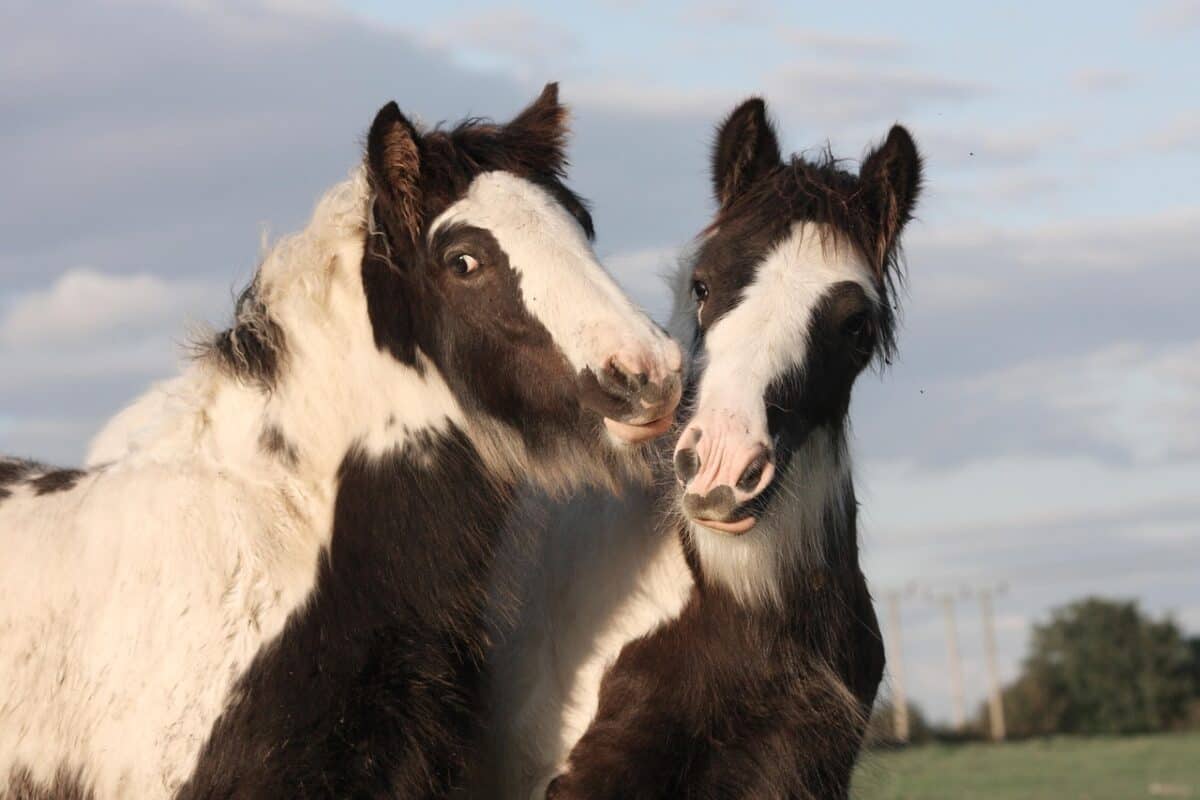Horses have long captivated human imagination with their grace, power, and companionship. While many of us are familiar with popular breeds like Thoroughbreds or Arabians, a world exists of lesser-known but equally captivating horse breeds. These rare breeds ooze charm and unique histories, making them fascinating subjects for horse enthusiasts and curious minds alike. In this article, we will explore 14 rare horse breeds that might just surprise you with their stories and characteristics.
Caspian Horse The Ancient Persian Steed

The Caspian Horse is a breed shrouded in history, believed to have originated over 5,000 years ago in the region that is now Iran. Despite their diminutive size, these horses are true horses, not ponies, characterized by their finely chiseled features, high tail carriage, and a natural elegance. They are known for their intelligence, agility, and affectionate nature, making them perfect companions for young riders.
Knabstrupper The Spotted Marvel
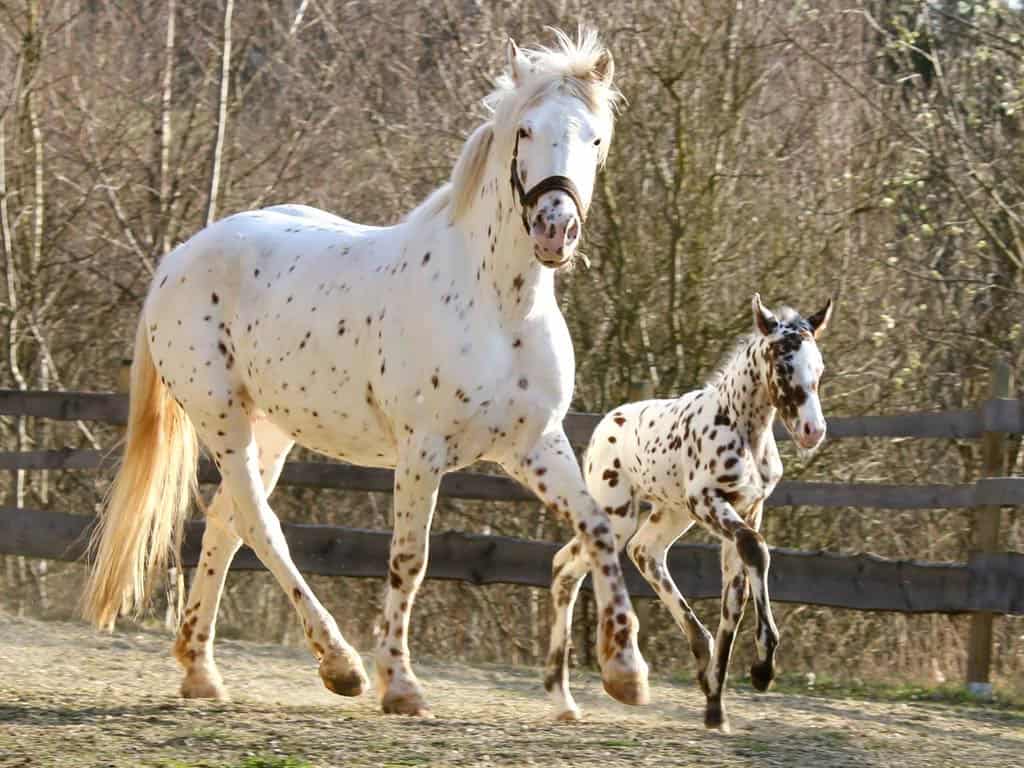
Originating from Denmark, the Knabstrupper is striking, thanks to its eye-catching spotted coat reminiscent of a Dalmatian dog. These horses are renowned not just for their appearance but also for their versatility and excellent temperament. Highly trainable, they excel in disciplines such as dressage, show jumping, and even theatrical performances.
Marwari Horse India’s Noble Warrior

The Marwari Horse from India is easily recognized by its unique inward-turning ear tips. Traditionally used as a cavalry horse, the Marwari is deeply embedded in regional culture and folklore. Known for their hardiness and bravery, they continue to be symbols of pride in Indian ceremonies and equestrian sports. Their endurance and resilience make them ideal for long treks and harsh climates.
Akhal-Teke The Golden Horse

Known for its shimmering coat, the Akhal-Teke from Turkmenistan is often referred to as the “golden horse.” This ancient breed is famed for its endurance and speed, with a reputation for resilience in harsh desert conditions. With their metallic sheen and sleek body, Akhal-Tekes are not only physical marvels but also culturally significant as national symbols of Turkmenistan.
Fjord Horse The Viking’s Companion

With origins in Norway, Fjord Horses are compact and sturdy, with a distinctive dun color and dorsal stripe. Bred by the Vikings for farm and warfare tasks, today they are beloved for their gentle disposition and strength. Their sure-footedness and calm nature make them popular choices for beginners and therapeutic riding programs.
Gypsy Vanner The Romany Traveler
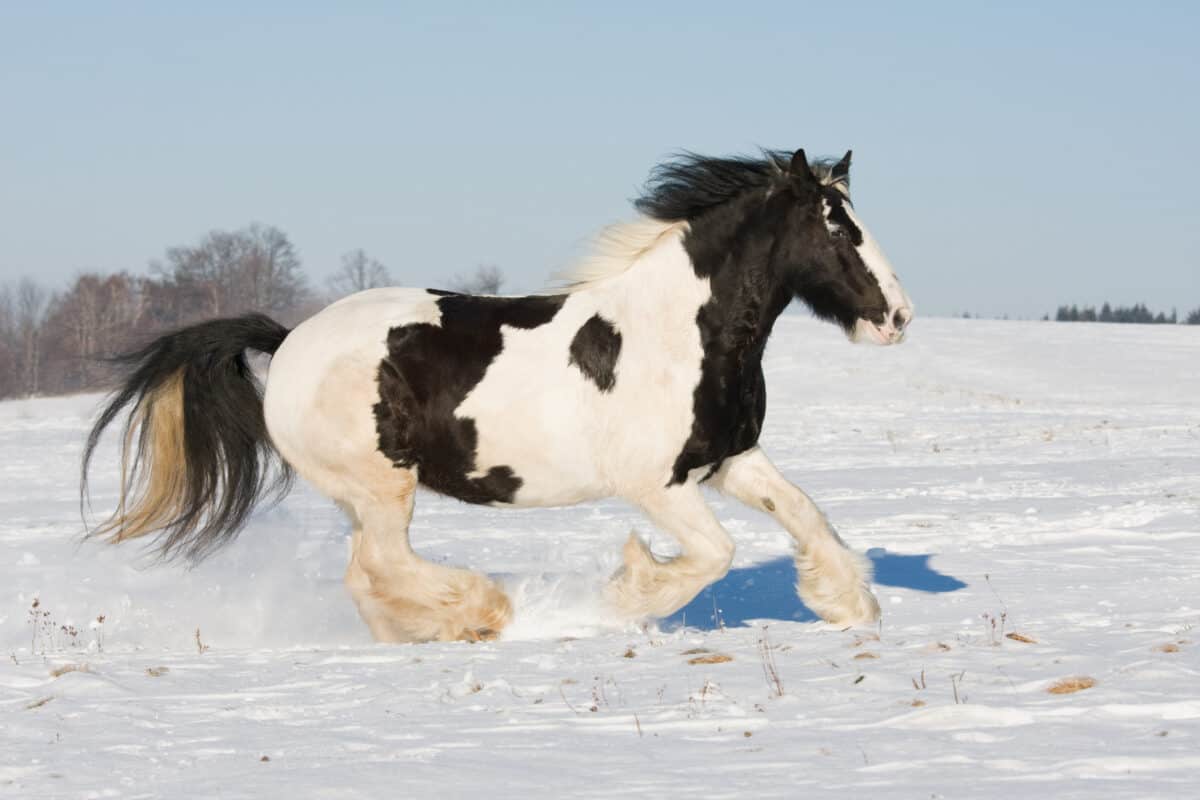
Originally bred by the Romani people in the British Isles, the Gypsy Vanner is as noble as it is visually stunning. Known for its thick mane, feathered legs, and piebald or skewbald coat, this breed is gentle and friendly, making it a favorite for family pets and show circuits. With a history rooted in culture, these horses carried caravans across Europe, displaying unique stamina and strength.
American Cream Draft The Golden Gentle Giant
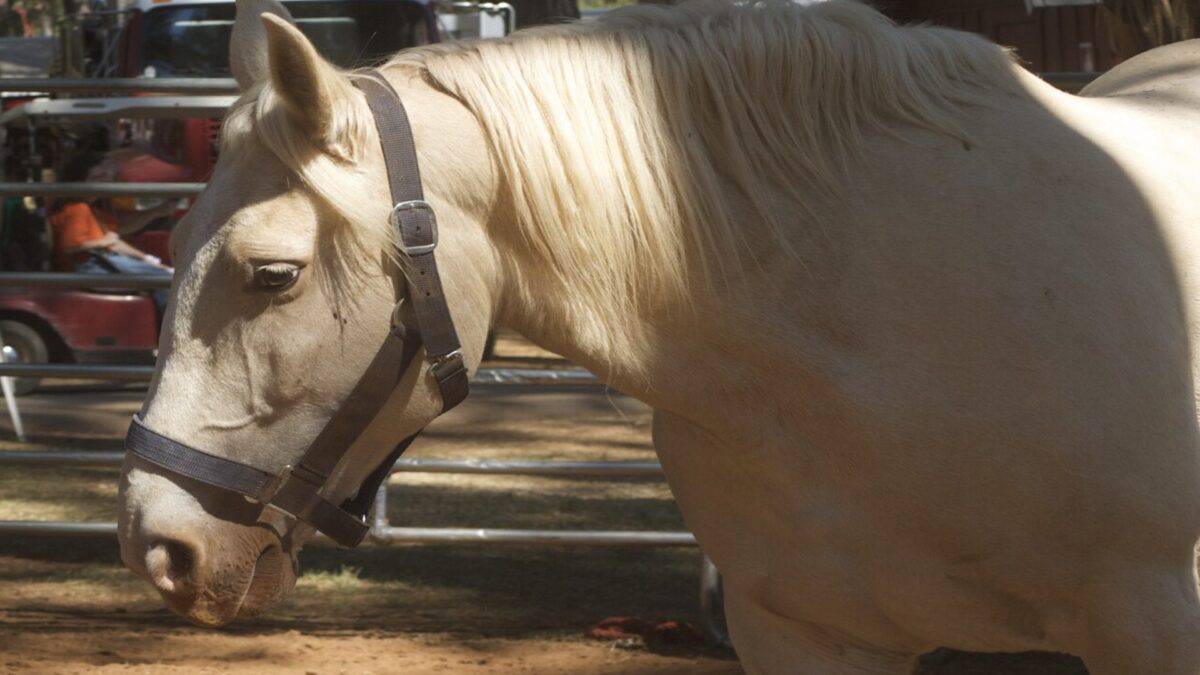
A true American original, the American Cream Draft is known for its striking cream-colored coat and amber eyes. Originating in Iowa, this rare draft breed stands out not just for its beauty but also for its dependability and gentle nature, often used in farm work and parades alike. Their steady, calm demeanor makes them ideal for working relationships with humans and participation in community events.
Bashkir Curly The Hypoallergenic Wonder
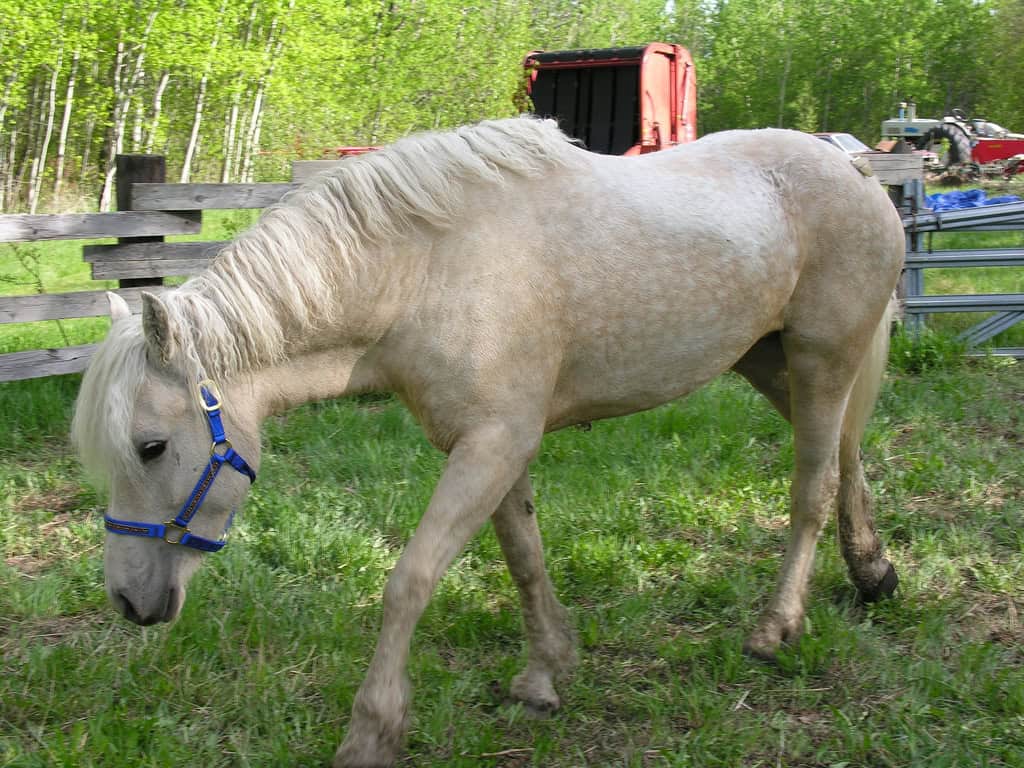
For those with allergies, the Bashkir Curly offers a unique solution. This breed’s curly coat and mane make it recognizable, but more importantly, they possess hypoallergenic qualities. Originating from Russia, these horses are not only eye-catching but also versatile and resilient, suitable for various equestrian activities, including trail riding and driving.
Exmoor Pony Britain’s Wild Relic

The Exmoor Pony is one of the purest and most enigmatic breeds in Britain, with a history of roaming the moors for millennia. Recognized by their sturdy build and mealy muzzle, these ponies are hardy and well adapted to the rugged terrain and harsh climates. Despite their semi-wild nature, they are known for their intelligence and can do well in numerous equestrian pursuits when trained.
Cleveland Bay England’s Versatile Workhorse

With its origins tracing back to medieval England, the Cleveland Bay is esteemed for its versatility and strength. This breed’s solid bay color and robust build made it historically popular for carriage driving and agricultural work. Today, the Cleveland Bay is celebrated for its grace and competence in competitive driving and even eventing.
Curly Horse The Curly-Haired Enigma
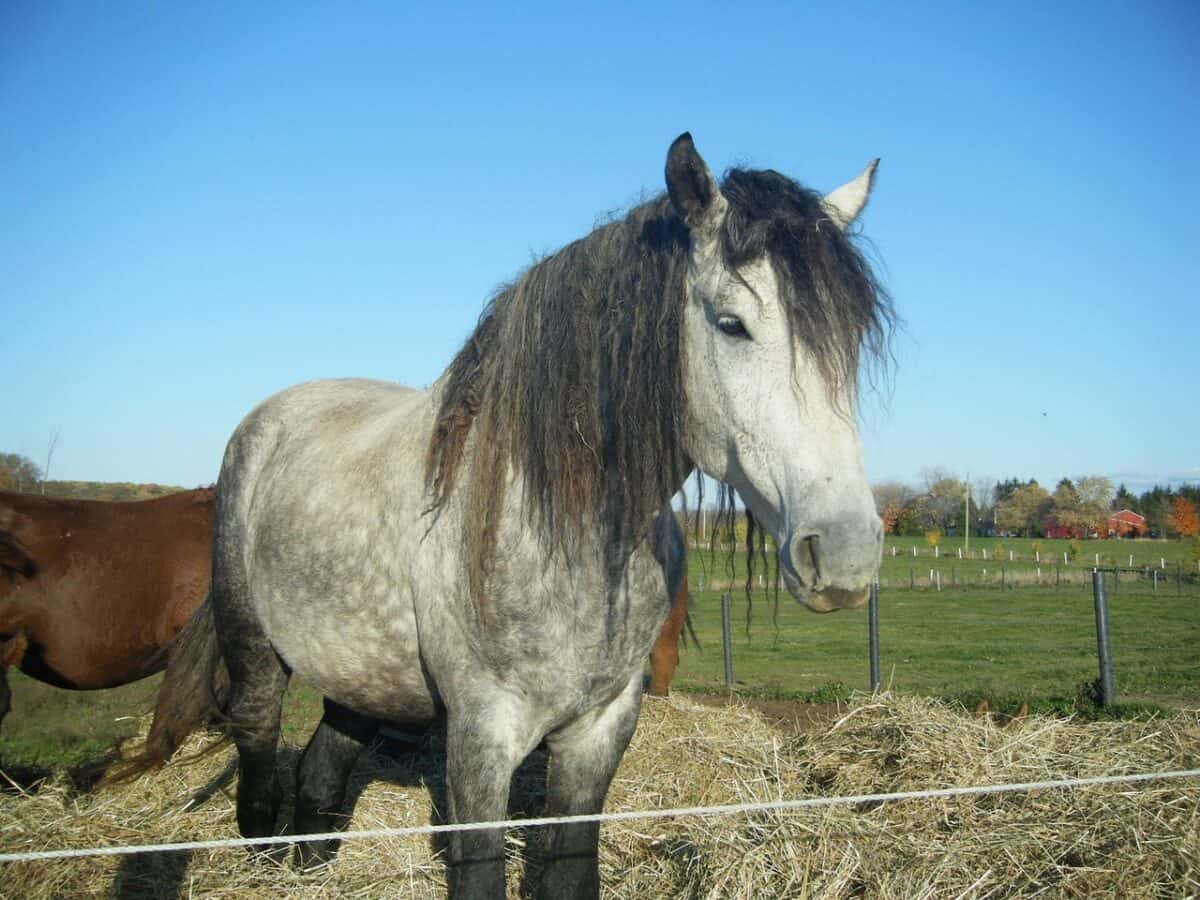
Celebrated for their distinctive curly coat and hypoallergenic properties, Curly Horses have a somewhat mysteriously debated origin but are thought to have been found among the horses of Native American tribes. Aside from their unique coat, these horses are known for their friendly demeanor and are often sought after by riders with allergies or those looking for a companionable horse.
Mongolian Horse The Nomad’s Lifeline

The Mongolian Horse has been an essential part of Mongolian culture for thousands of years, serving as a cornerstone for nomadic life. Known for their incredible stamina and strength, these horses are small but mighty, managing great distances across Mongolia’s vast steppes. Their resilience and ability to survive tough conditions make them invaluable to the nomadic tribes who rely on them.
Sorraia Horse The Iberian Ancestry

One of the few primitive wild horse breeds remaining, the Sorraia hails from the Iberian Peninsula and is known for its dun coloring and tiger-striped legs. These horses display primitive features and are relatively small, with traits inherited from their ancient ancestors. They are admired for their toughness and aptitude for survival, thriving in the wild and often used in conservation grazing projects.
Conclusion Celebrating Equine Diversity

These unique horse breeds reflect a rich tapestry of history, culture, and biological diversity. Each breed offers distinct traits and heritage, from the striking coat patterns of the Knabstrupper to the regal endurance of the Akhal-Teke. By exploring these rare breeds, we not only gain appreciation for their individual qualities but also underscore the importance of preserving such diversity for future generations. Let us continue to celebrate and protect the lesser-known marvels of the equestrian world, ensuring their stories continue to inspire and fascivate generations to come.
- 14 Rare Horse Breeds You Didn’t Know About - August 9, 2025
- The Largest Wildfire to Ever Burn in the US - August 9, 2025
- The Secretary Bird A Raptor That Hunts on Foot - August 9, 2025

